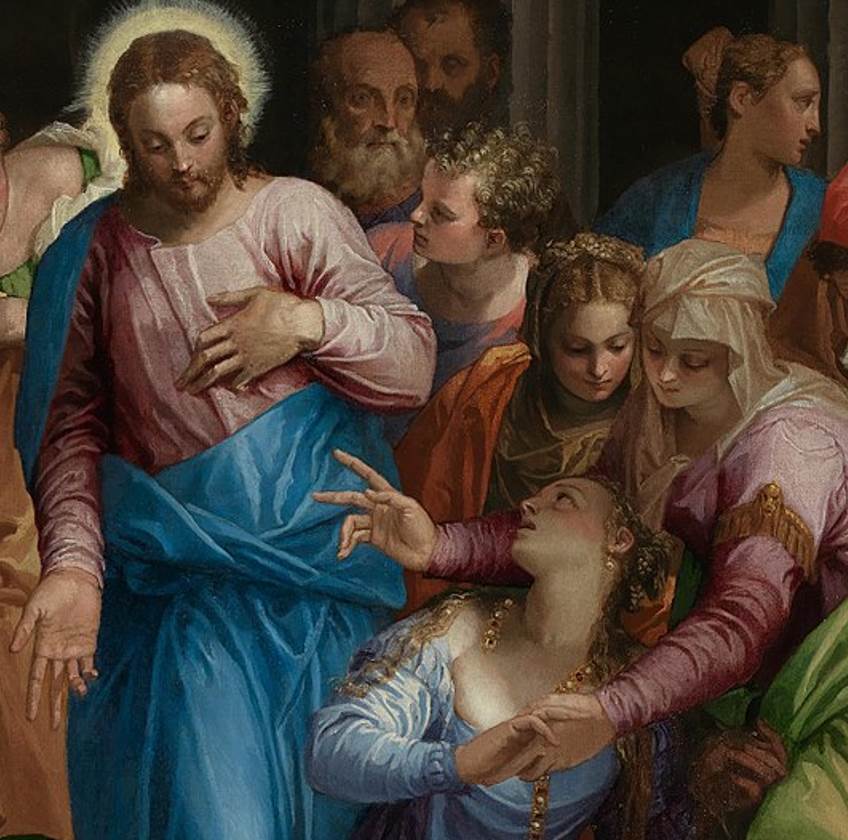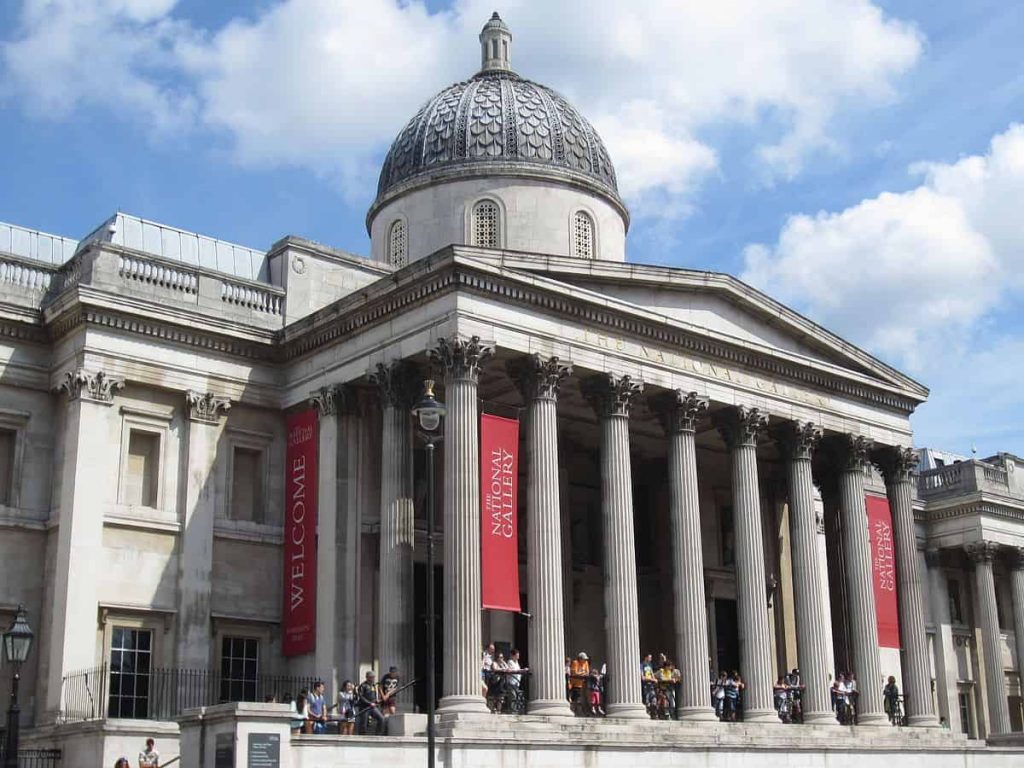Many of the most renowned artists in history became apprentices during their early teens. This was also the case by one of the leading Mannerist artists of the Venetian School of the 16th century, Paolo Veronese (1528-1588).
When he was just a young boy in the year 1541, he started his training with a painter from Verona named Antonio Badile (1518-1560). He quickly outgrew the talent of his master and future father-in-law and developed his own style using vivid colors.
He completed one of his first commissions during this early period in his career, and in this article, we’ll take a closer look at some of the most interesting facts about this work known as “The Conversion of Mary Magdalene” by Veronese, a work that defined his future career.
1. He completed the work during his teenage years
Paolo Veronese is considered to be one of the 3 leading artists of the Venetian School together with Titian and Tintoretto. Even though he was mostly influenced by Titian, he developed his own, unique style as a marvelous colorist during the early Mannerism period.
Even though this was one of his first paintings, completed somewhere between 1545 and 1548, this already becomes clear with this painting.

2. It was commissioned by a patron in his hometown
Veronese was born “Paolo Caliari” and as his name suggests, he was born in the Italian city of Verona. This city was part of the Venetian Republic at the time, and he wouldn’t move to Venice until the year 1553.
This means that he created several paintings during this early phase in his career, including this painting which is called The Conversion of Mary Magdalene.
This also means that his patrons initially were from Verona. He painted quite a few paintings for the most important churches in the city before being noticed in Venice by the Venetian branch of the Giustiniani family which initiated this move.
3. It’s a medium-sized work of art by Veronese’s standard
The bigger, the better, that was kind of the motto of some painters of the Venetian School of the 16th century. This eventually culminated in Tintoretto’s work known as “Il Paradiso,” presumably the largest painting on canvas ever created.
Veronese even started this work but eventually died before he could complete it in the late 1580s. He did have some monumental works under his belt already by then, including “The Wedding at Cana” and “The Feast at the House of Levi.”
In comparison to these huge works of art, this oil on canvas painting is relatively humble with dimensions of 163.5 × 117.5 centimeters (64.4 × 46.3 inches).

4. The real meaning of the painting has been an item of debate
Even though the name of the painting, “The Conversion of Mary Magdalene,” pretty much describes the true meaning of the work, this hasn’t always been as certain as it is today.
Today, most art historians agree that the painting depicts the moment that Mary Magdalene converts to Christianity after hearing the preachings of Jesus Christ inside the Temple.
5. The presumed scene isn’t described in the Bible
One of the main reasons why there was an ongoing debate about the real meaning of the painting is that this particular scene isn’t described in the Bible, nor in the Golden Legend, a medieval manuscript that was compiled in the 13th century.
Instead, it’s believed that the scene was derived from another work based on the Gospels called “L’umanità di Cristo.” This book was written by Italian author and poet Pietro Aretino and was published in 1535.
This scene is explained in detail in this book and was widespread in Northern Italy by the time that Veronese completed this painting.
6. Mary Magdalene’s dress has a deeper meaning
The story of the painting is in subtle details. These include:
- The deep-cut dress of Mary Magdalene refers to her previous life of sin.
- The golden pearls around her neck are slipping away, a sign that she is trading the life of earthly possessions for a spiritual one.
- Mary Magdalene is sitting on her knees and is blushing, a sign that she is ashamed of her previous life as she surrenders to her savior.
The dress is clearly not appropriate for the religious building in which the scene takes place, which explains the surprised look on the faces of the devotees who are surrounding her.
Her sister Martha is the one just behind her and holding her hand. In this story, she is the one who brought Mary to the temple to hear Jes

7. Veronese’s witty style would eventually get him into trouble
The style in which Veronese completed this work set the tone for his future career. While this was still fine during the late 1540s, this quickly changed when the local inquisition started scrutinizing paintings following the completion of the Council of Trent in 1563.
When he included monkeys and drunkards in a painting that was supposed to be a Last Supper painting, he quickly had to change the title to “The Feast at the House of Levi” to avoid persecution by the religious police.
Regardless, he didn’t change the work and stuck to his distinctive style of the colorful and lavish depiction of feasts and parties, something that made him one of the most sought-after artists of his time.
8. The painting is on public display in a famous museum in London
Little is known about what happened to the painting upon completion, but the fact that the light is coming from the right makes us assume that it was commissioned to be placed in a certain location. This was presumably a chapel owned by a rich patron in Verona.
The painting eventually ended up in the collection of a rich British businessman and art collector named Wynne Ellis (1790-1875), a man who owned an extensive collection of works from Old Masters.
Following his death, he bequeathed a lot of paintings to the nation and that’s how the painting ended up in the collection of the National Gallery, a fine art museum located at Trafalgar Square in the City of Westminster in Central London.
If you want to enjoy this early work by one of the most intriguing artists in history, then this is the place to go.



